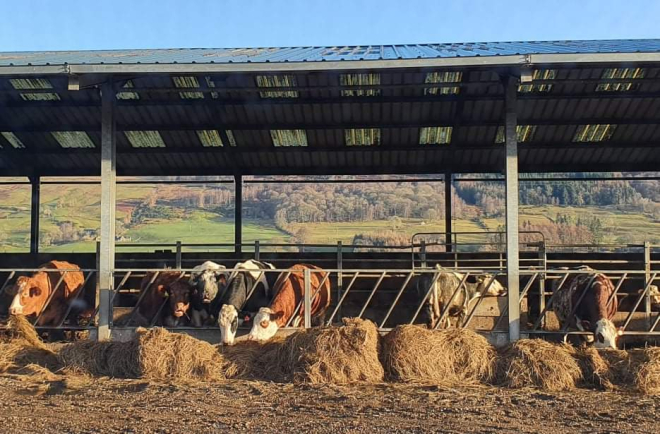Agricultural support changes

Recipients of agriculture support have been updated on the changes coming into force in 2025.
Rural Payments and Services is delivered by the Scottish Government’s Rural Payments and Inspections Division (RPID), with delivery partners. RPID is the accredited paying agency in Scotland.
In a letter to those receiving funding, issued on Thursday 18 July, RPID informed businesses receiving payments' that:
"The first changes to the agricultural support you receive will come into effect from 2025.
Your schemes aren’t changing in 2025, but some of the things you will have to do to receive support are new. This letter contains the information you need to start preparing for those changes now.
Cross Compliance
New conditions will be introduced to Cross Compliance in 2025. These are new peatland and wetland standards which will be added to GAEC 6 - Maintenance of soil organic matter. These standards will prohibit a range of activities from being carried out on peatland and wetland areas and include:
- Ploughing and cultivations and reseeding
- New drainage and maintenance of existing drainage systems that causes further drying out of the peatland
- Application of pesticides, fertilisers including manure, lime and soil conditioners
- Creation of new roads and tracks including vehicle rutting exposing the soil
- Activities that cause damage to the vegetation cover exposing the soil
- Additionally for wetlands – disruption of connections between rivers/water courses and wetlands (that will lead to the drying of the wetland)
This will apply to land with peat soils more than 50 cm in depth with a near natural vegetative cover and also to wetland habitats.
Voluntary Coupled Support: Scottish Suckler Beef Support Scheme (SSBSS)
Calving interval is a key efficiency measurement for beef production. Longer calving intervals mean longer periods when a cow is incurring costs (e.g. feed, veterinary care) and emitting greenhouse gases without contributing to beef production.
From 2025 onwards, calves will only be eligible for a SSBSS payment if their dam has a calving interval threshold of 410 days or less. This condition is designed to help balance productivity and profitability with the opportunity to address climate impact of emissions.
The new condition will be measured on an individual animal basis not on herd averages. Offspring of cattle with an established calving interval of more than 410 days will not receive a payment. The first calves registered to any dam will be exempt from the calving interval threshold, and will remain eligible for payment provided that all other scheme conditions are met.
Start Preparing for the Whole Farm Plan
The more you understand about your farm or croft, the more productive and profitable your business can be, and the more you can contribute to Scotland’s climate, biodiversity and emissions targets. This is the foundation of the Whole Farm Plan.
In 2025, in return for your basic payments, you will be expected to have started carrying out plans and audits that are relevant to your business. You will be asked to confirm on your SAF that you have done at least two of these activities and have them in place by 15 May 2025. It is up to you to choose which of these options currently suit your business:
|
Carbon audit |
all conducted within the five-year period before May 2025 |
|
Biodiversity audit |
|
|
Soil analysis |
|
|
Animal health and welfare plan |
which will be renewed annually |
You may already have some of these plans and audits in place – through your quality assurance or supply chain contracts, or as part of your normal business planning. If so, and these meet the minimum standards, you can simply confirm this activity on next year’s SAF. If you haven’t done at least two of these activities yet, remember grants are still available, through Preparing for Sustainable Farming, to do carbon audits and soil analysis. If you act now, while support is available, you will be prepared for 2025. More information on requirements for future years will follow.
These changes are designed to help all our farmers and crofters do more to produce food sustainably, to cut emissions and to farm more for nature. And we need everyone to get involved and start preparing now for change.
You can find out more in the updated Agricultural Support Route Map on the Rural Payments website by visiting https://www.ruralpayments.org/topics/agricultural-reform-programme/arp-route-map/
If you have any questions about this letter, please contact your RPID area office. Their details are under the “Contact us” link on the homepage of our website. We will also be attending shows and marts across the country to speak to farmers and crofters directly".
You can find contact details for all RPID offices here




